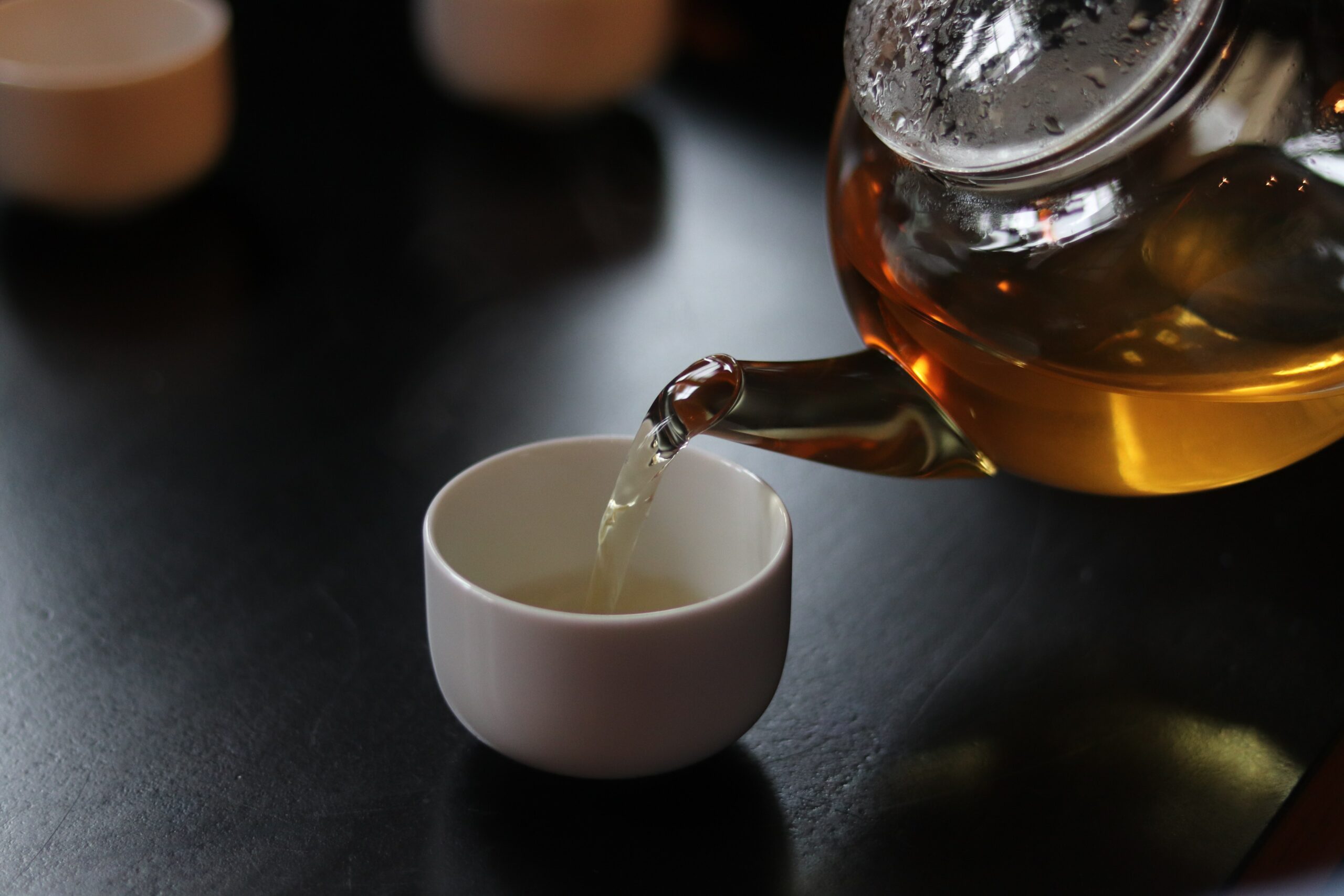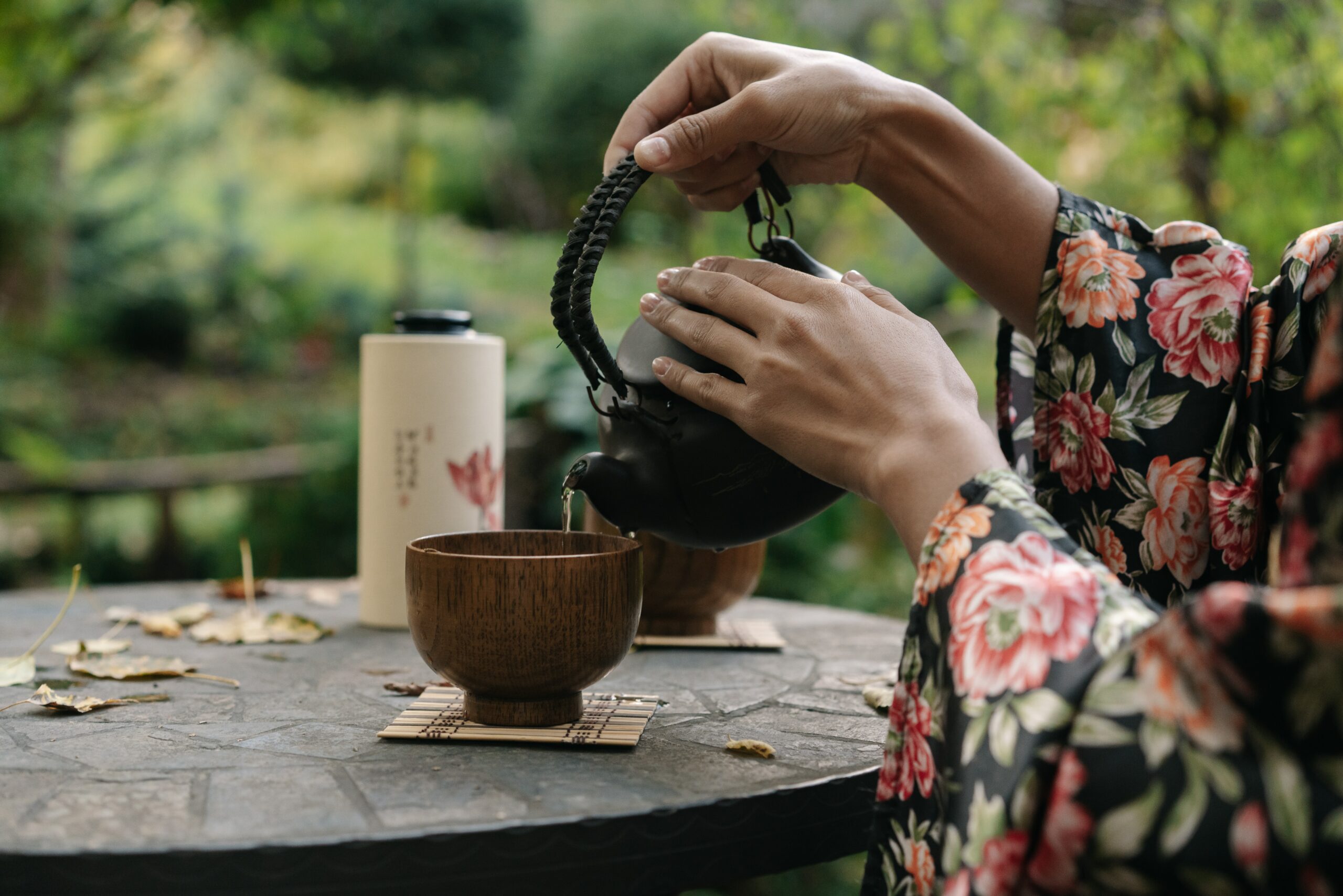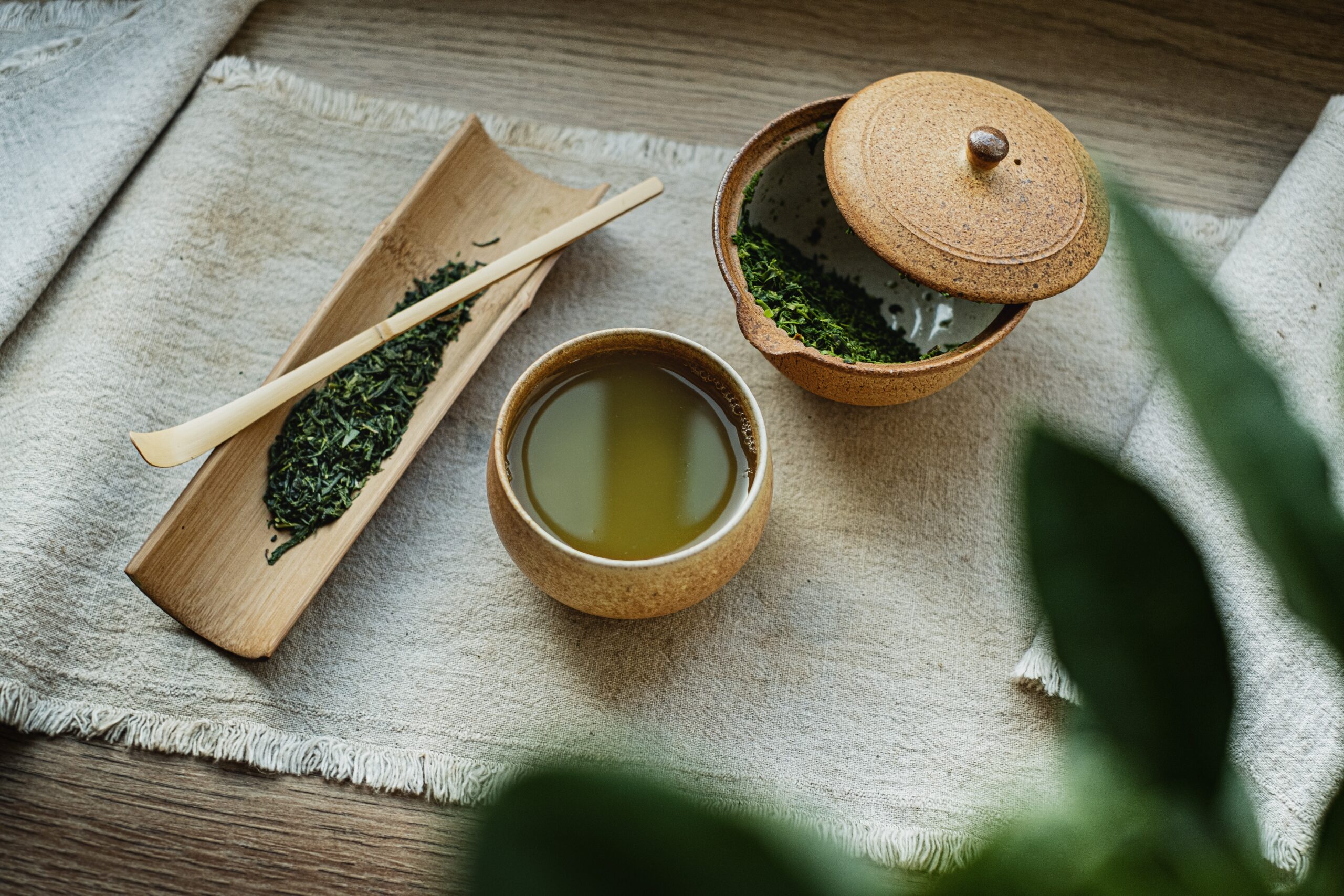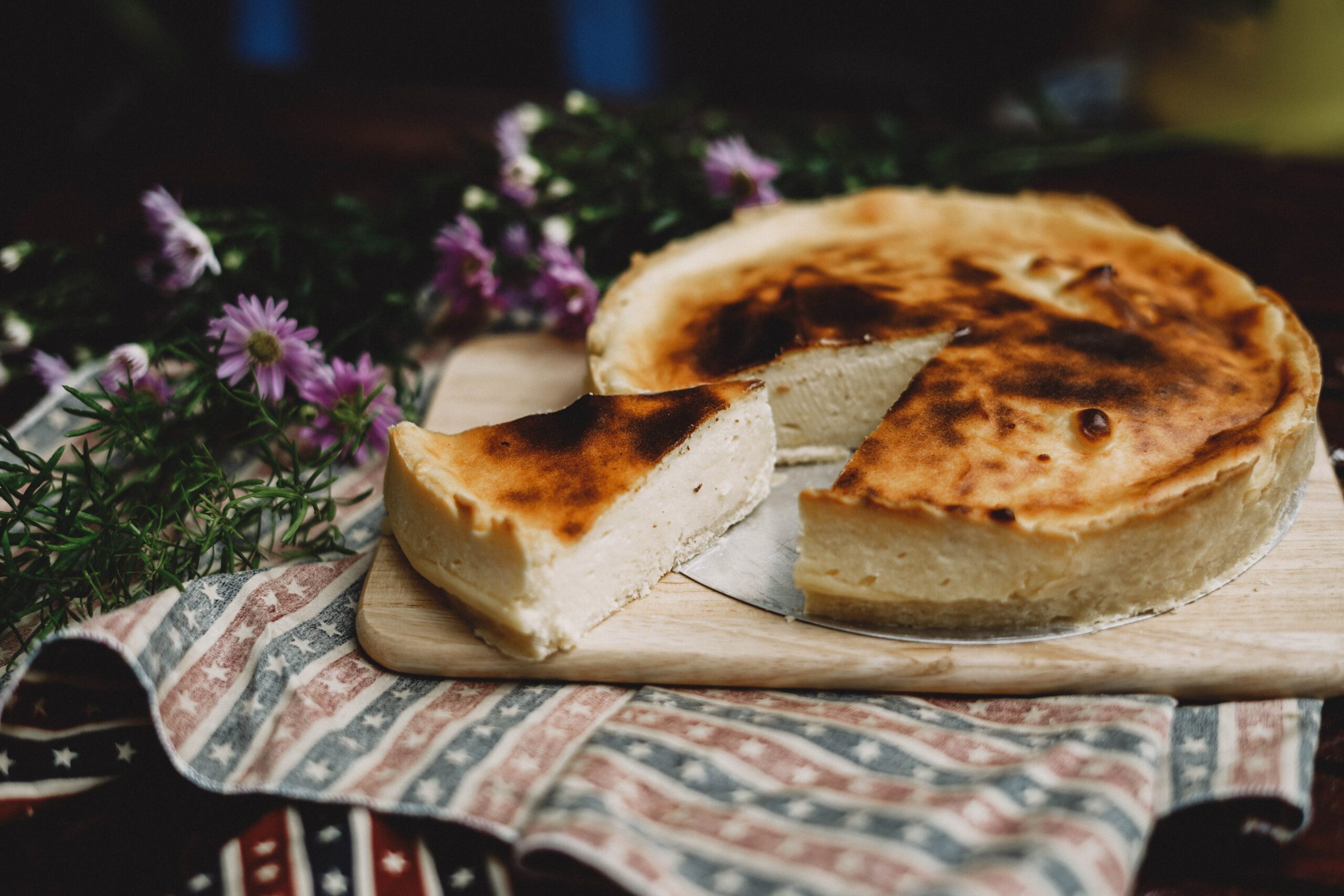Do you love a good home-cooked breakfast but can never seem to find the time to make it yourself? Are you in the market for a guilt-free way to jump-start your day without resorting to energy drinks or coffee? Look no further than Oolong tea! But wait; is Oolong tea caffeinated?
The short answer is that, yes, it’s indeed caffeinated. But it does have some added health benefits that not many drinks can boast. Go ahead and pour yourself a cup of this energizing tea. Your taste buds and your body will thank you.
Caffeine in Oolong Tea
Caffeine is a stimulant that occurs naturally in the leaves, seeds, and fruits of dozens of plant species. These include coffee beans, tea leaves, kola nuts, and cacao pods. Some foods and beverages also contain caffeine, such as energy drinks and colas.
Caffeine works by stimulating the brain and central nervous system, which can improve mental alertness and physical performance. It’s also a diuretic, meaning it helps to expel water from the body.
Oolong tea is a type of tea that originates from China. It is made from the leaves of the Camellia sinensis plant and can range in color from green to brown. Oolong tea is typically less caffeinated than other types of tea, such as black or green tea.
The amount of caffeine in oolong tea can vary depending on several factors, including the type of tea, how it is processed, and how long you brew it. But overall, oolong tea contains less caffeine than other types of tea.
If you are sensitive to caffeine or are looking for a low-caffeine alternative to other types of tea, oolong tea may be a good option.
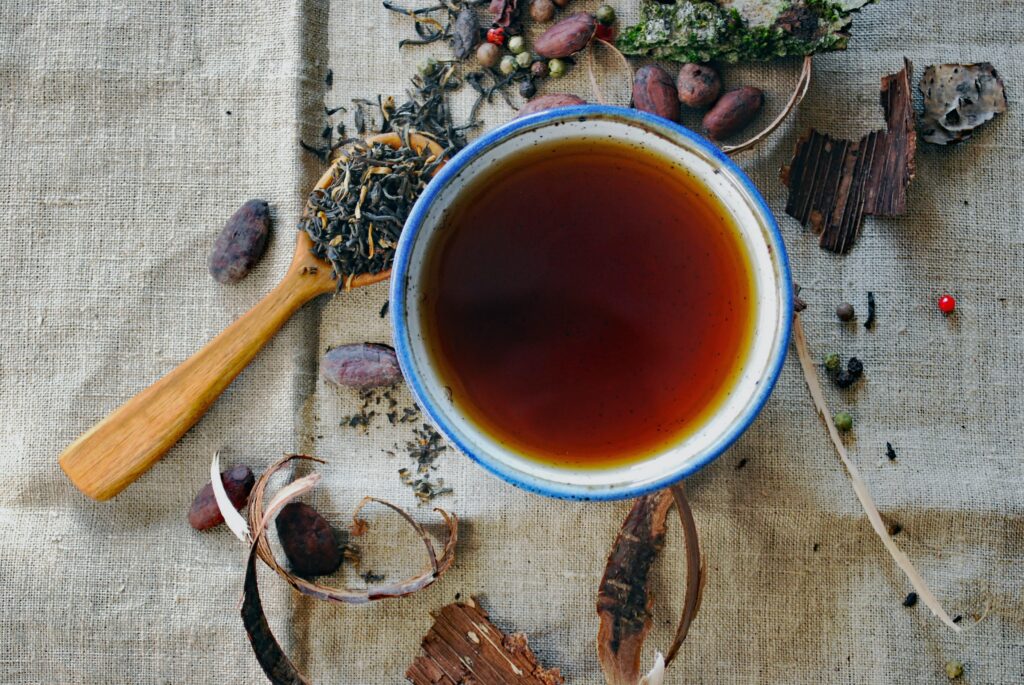
History of Oolong Tea
Oolong tea is a traditional Chinese tea that people have enjoyed for centuries. The history of oolong tea dates back to the Tang Dynasty (618-907), when it first appeared in records. It became popular during the Song Dynasty (960-1279) when poets and scholars praised its delicate flavor.
Oolong tea comes from the Camellia sinensis leaves, which also make green and black tea. The leaves wither in the sun and then oxidized and rolled into tight balls. This results in a tea with a unique flavour, somewhere between green tea and black tea.
Oolong tea is traditionally grown in the Fujian province of China, but it is now also produced in Taiwan and other parts of Asia. You can consume Oolong tea without milk or sugar and you can also enjoy it hot or iced.
Recipe - How to Make Oolong Tea
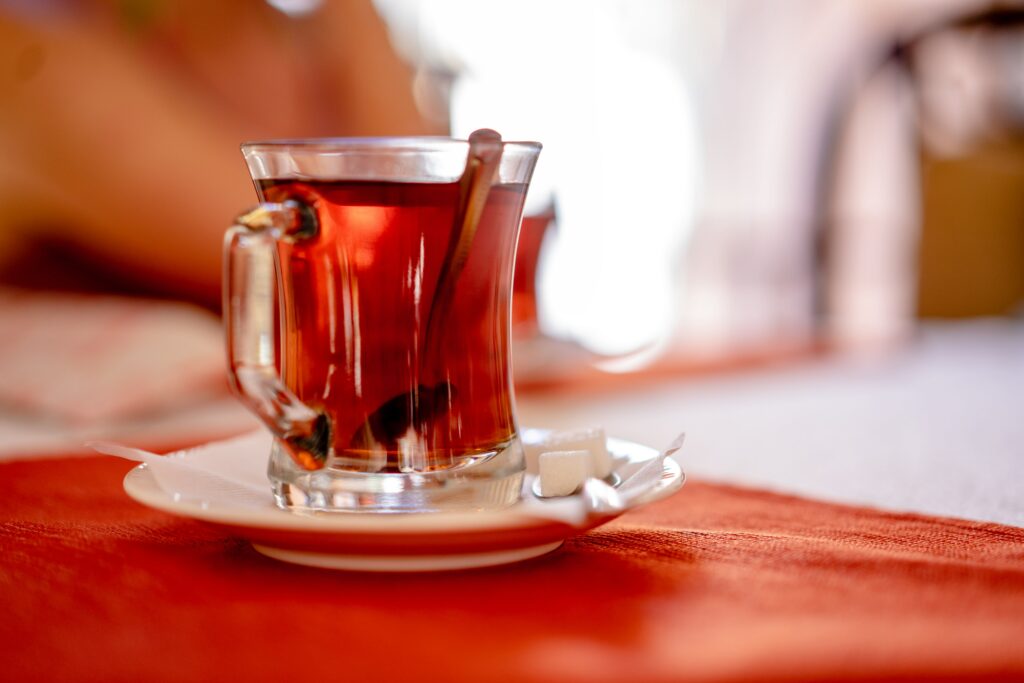
- Begin by boiling water and allowing it to cool for about 30 seconds.
- Add approximately 2 grams of oolong tea leaves per cup of water into a teapot or teacup.
- Pour the hot water over the leaves and steep for 3-5 minutes.
- Strain the tea and serve it in a cup.
- You can add sweeteners like honey or sugar if you prefer.
Conclusion
Whether you’re a coffee lover or tea enthusiast, this exploration of caffeine in oolong tea should be enlightening. Oolong tea is a delicious and healthy beverage choice, and now you can rest easy knowing that it also contains a moderate amount of caffeine. Enjoy your next cup!
Check out these tea resources as well:

